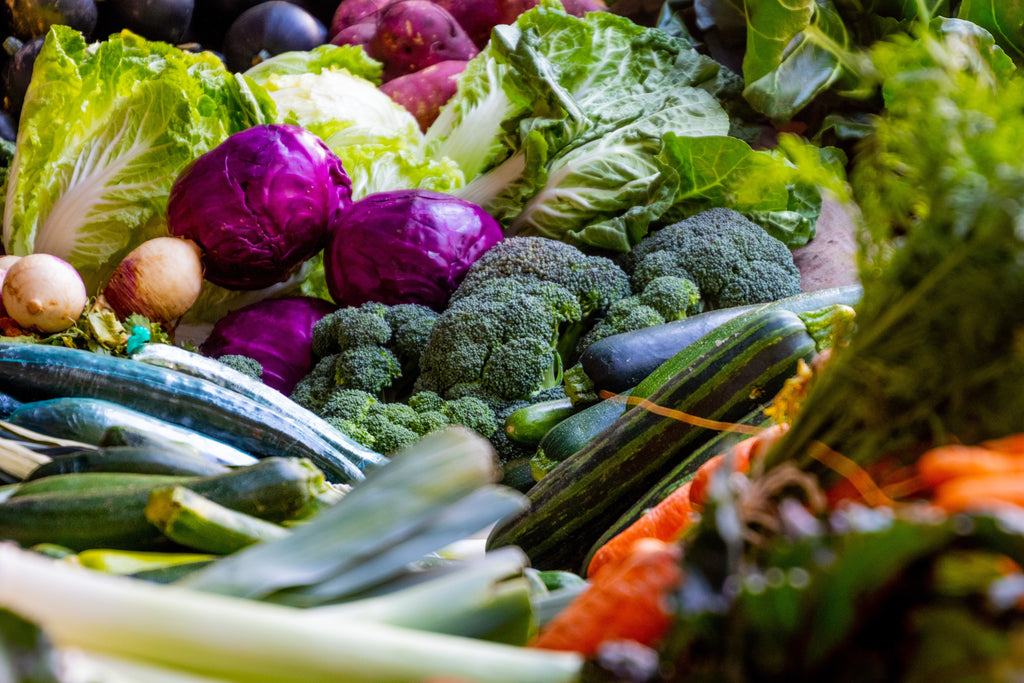Grow Your Own Veggies

Are you thinking it would be a good time to start your own vegetable patch, so you can grow your own food and not have to visit the supermarket so often?
Here are some tips on how to establish a thriving, productive veggie patch:
Find a Place in Your Garden
Find a sunny sheltered area. Although many vegetables like a little shade you can create this by planting shading plants or using shade cloth.
Look at and feel the soil in your chosen plot. Ideally, it will be dark with organic humus and be well-draining. If it isn’t you will need to add well-rotted compost/manure or other organic matter and improve drainage by digging in some sand.
To begin with use a small area so you don’t give yourself too much work. If you find you need more space, you can increase the size of the plot later.
Or How About a Raised Bed?
If your soil contains a lot of chalk or clay, it is easier to grow vegetables in raised beds filled with a mixture of soil-based compost, council green waste and topsoil. It also means you don't have to bend down as far.
It's a good idea to do a pH test with a soil pH meter, to find out how acid or alkaline it is. Most vegetable crops will grow well in pH of just below or about neutral (6.0 to 7.0). The soil pH can be adjusted upward by applying lime and downward by applying sulphur.
Tools
Digging tools such as an Atlas Trade spade will be helpful for the plot creation and for maintaining a large vegetable bed.
Prepare the Plot - Remove Weeds
Either spray out weeds with Kiwicare Weed Weapon or McGregor’s Weed Out and then turn over the soil once the weeds have died (this may take 2 weeks) or, to save time, dig out the weeds carefully ensuring all fragments of the weed roots have been removed.
Prepare the Plot – Add Organic Matter, Humus and Fertiliser
If the soil in your plot is pale in colour, high in clay, very sandy or otherwise poor you should improve the soil by digging in organic matter such as well-rotted compost, store supplied compost and some fertiliser such as those in the McGregor’s VegeMax and Gro-Sure Planting Magic.
Choose Your Veggies
Lettuce, carrots, beans, radishes and beetroot are good vegetable crops for beginners. Herbs are also, generally easy to grow. All these can be grown from seed. See here for seeds available to buy here and now.
Ongoing Maintenance
Once you have established your vegetable plot ensure you keep on top of weeds by removing them with your hand trowel when they are small. Don’t let them grow large as they will be more difficult to remove and may seed and spread the problem.
Keep feeding the soil in your vegetable patch by adding homemade compost and/or worm ‘juice’ from a worm farm.
Watch out for pests and diseases; regularly check your vegetable patch and if you suspect a pest or disease identify the problem and get a solution as soon as possible. Pests and diseases are always more easily controlled early.
Rotate Your Crops
When you have grown and harvested your crop, plant something different in the same place. This helps prevent pests and diseases. Always prepare the space with some more organic matter and fertiliser to provide nutrient for the new crop. This also encourages beneficial soil micro-organisms that process the nutrients and pass them to the plant roots. Vegetable patches need nutrients replenished more than any other garden bed because nutrients are removed when the plants are harvested.
Enjoy the Fruits (or Vegetables) of Your Labour
You will find that homegrown vegetables taste better than store-bought, and you will probably continue growing your own when released from lockdown.
Happy Growing
